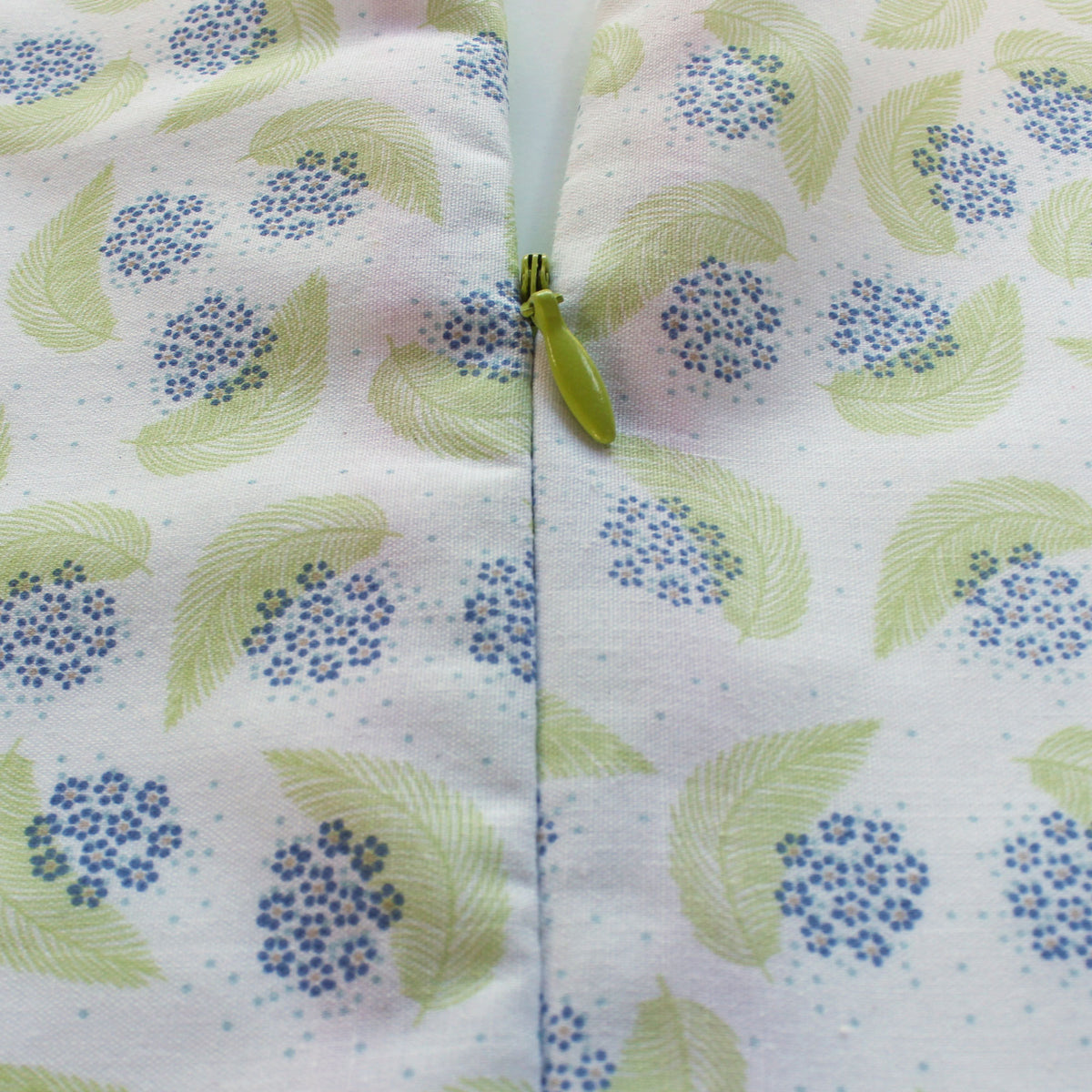Lola sewalong: Basic Pattern Adjustments
Yesterday we took our measurements, selected our size, and determined if pattern adjustments are necessary.
The pattern adjustments we'll discuss in this post are:
- Grading between sizes
- Lengthening/shortening.
These adjustments will be made to the pattern before cutting out your fabric.
In tomorrow's post, we'll take a look at how to make small and full bust adjustments.
Grading Between Sizes:
If your bust, waist, and hip measurements fall between two or three sizes, we will grade between sizes to customize for the best fit.
Here are some examples of size charts where grading in between sizes is required, and tips on how I suggest selecting your sizes based on these instances.
Example A: Bust Size 8, Waist 10, Hips, 12.
Sizes to grade:
In an instance where your sizes progressively increase from the bust towards the hip, you will want to adhere to the measurements circled on the size chart when grading between sizes.

Example B: Bust Size 8, Waist 6, Hips, 4.
Sizes to grade:
If your sizes progressively decrease from the bust towards the hip, select your bust and waist size based on the chart measurements for these sizes. Select your hip size based on the waist size; This is so that the silhouette of the garment is maintained.

Example C: Bust Size 8, Waist 6, Hips, 10.
Sizes to grade:
In an instance where your bust and waist size progressively decrease, but your hip size is larger than your bust size,
Option 1: You can adhere to the measurement circles on the size chart; This will give a more hourglass silhouette.

Option 2: You can select your waist size based on your bust size and grade to the hip size; This will give a slightly more relaxed fit at the waist.

Example E: Bust Size 8, Waist 10, Hips, 6.
Sizes to grade:
If your bust and waist size progressively increase, but your hip size is smaller than your bust size, select your bust and waist sizes based on the chart measurements for these sizes. Select your hip size based on the waist size; This is so that the silhouette of the garment is maintained.

Now that we've decided on the sizes that you will be grading between, consider that everything above the bust will be based on the bust size.
For example, if your bust size is 8, the sleeve, cuff, and neckband will be 8.
From the bust, we will transition to your waist and hip size on all pieces.
Any corresponding or adjoining pieces will be selected based on the size of their adjoining edge.
Example 1:
Your waist size is 10.
The waist area of the upper dress pieces will be size 10.
The waist area of the lower dress pieces will be size 10
Example 2:
If your hip size is 12, the hem band will also be size 12.
Grading Between Sizes Tutorial:
I'll use the following sizes for this tutorial: Bust -8, Waist - 10, Hip - 12.
Regardless of the sizes, the method of adjustment is the same.
- The upper dress pieces show a transition from size 8 at the bust, to size 10 at the waist. After I pass the bust curve, I'm gradually blending the line to meet size 10 at the waist.
- I'm cutting a size 8 neckband to correspond with my bust size, as everything above the bust is a size 8.

- The lower dress pieces show a transition from size 10 at the waist, to size 12 at the hip line on all pieces. When blending sizes, I'm aiming to maintain the original shaping of the pattern as much as possible.

- Place the Pocket piece (F) overtop the Lower Side (H) piece and trace the adjusted lines on the pocket.
- At the upper edge of the pocket, maintain the original shaping; This is the hem edge, and once turned, must match the shaping of the piece.

Lengthening/shortening:
Note: If you are lengthening your pattern pieces, you will need to purchase additional fabric.
You will find lengthen/shorten lines on all upper and lower body pieces of the Lola pattern.
Upper Adjustment Lines:
The lengthen/shorten line on the upper dress pieces (A, B, D) will be used to adjust the length of the upper portion of the dress. If your back length measurement that is less/greater than the finished garment back length measurement for your selected size.
Calculate your adjustment amount:
To determine the amount to lengthen/shorten the upper bodice, calculate the difference between your personal back length and the pattern's back length for your size.
This adjustment will also affect the overall length of the dress.
Lower Adjustment Lines:
If you simply want to adjust length of the dress *where the hem falls on you), but want to maintain the waistline level as-is, use the lengthen/shorten line on the lower dress pieces (G, H, I)
Shortening:
- Mark your adjustment measurement above the lengthen/shorten line (I mark from the upper line) on your upper dress pattern pieces. Piece D is shown here. Follow these steps for pieces A and B as well. In the diagram below, this line is shown in blue.
- Fold the pattern at the lengthen shorten line (folding at the upper line), and bring it to meet with the blue line. Tape the lower portion of the pattern at this new position.
- Depending on the shape of your pattern piece, you may need to insert tissue paper behind the pattern to adjust the shaping at the sides.
- Connect the pattern edge, forming a new smooth line that resembles the original line of the pattern (circled in red).

Lengthening:
- Cut the pattern pieces along the lengthen/shorten line. Tape the upper portion of the pattern to a piece of tissue.
- Measure down from the cut edge of the pattern by your desired lengthening amount. At this measurement, draw a line parallel to your cut edge.
- Attache the lower portion of the pattern, aligning the cut edge to your newly drawn line.
- For pieces that are cut on the fold, make sure that the centre front/back edge is perfectly aligned. For pieces that have a regular grainline, use the grainline to ensure that the pieces are perfectly aligned. (Shown by a blue line, circled in red)

Note: In the next Sewalong post, we'll discuss how to make a full and small bust adjustment. See on Wednesday, November 20th
YOU MAY ALSO LIKE:
Leave a comment
Comments will be approved before showing up.
Also in The Victory Patterns Blog

Pair the Sofia Bell Sleeve Strap with any sleeve option

How to sew a centered zipper
A centered zipper is one of the most usefull zippers to be able to sew. They are commonly used in skirts, dresses, and pants, as well as cushion covers and handbags. In this tutorial, we'll show you how to sew a centered zipper using directional sewing, which avoids the fabric from shifting in different directions once the zipper is sewn in.



